James Galton, CEO and President og Marvel from 1975-1991 has passed away at age 92. Galton came on at a tumultuous time, as newsstand sales were plummeting (Marvel was particularly impacted because its distributor was owned by its competition), and left after Marvel had been sold twice – once to New World and then to Ronald Perelman. The THR obit credits laton from saving Marvel from a bankruptcy in the 70s and moving into animation and also…accepting the direct sales market.
“My friends told me, ‘The comic industry is dead. Don’t do this,'” he said in a 2010 interview with the Naples Daily News. “But I had four kids — two in private school, two in college — and two mortgages. I had to take the job.”
Galton cleaned up the company’s distribution woes, selling directly to the consumer and comic-book collectors’ shops instead of using the newsstand model, and exposed characters like Spider-Man, Captain America and Iron Man to international audiences.
Galton also picked up the Star Wars license and did other important lasting things. In his ICv2 piece, Milton Griepp credits Galton with moving comics into the modern world:
What happened during Galton’s tenure? It’s an almost unbelievable list of changes that led to the Marvel and the comic business of today.
- The primary distribution system for comics changed from mass market outlets like newsstands and drugstores to comic stores serving collectors and fans.
- The format for comics went from cheap newsprint with hand-separated colors to comics printed on good paper on modern presses with full color separations.
- Marvel hit it big with licensed comics, including ground-breaking deals for G.I. Joe and Star Wars.
- Marvel opened a California animation studio, licensed its characters for a variety of products, and sold overseas rights.
- And perhaps most importantly, as his family put it, “He maintained that comic books were a legitimate form of literary expression that deserved respect and he used the medium to bolster social change like energy conservation, civil and women’s rights, child abuse prevention and universal literacy.”
Not only was Galton navigating a rapidly changing market, he was also working for a succession of owners that began with conglomerate Cadence Industries at the time of his hire, to New World Entertainment in 1986, and to a company controlled by financier Ron Perelman in 1989.
For better or worse, Galton was the man most responsible for moving the comics periodical business from a backroom offshoot of the pulps to a fan-led specialized product.


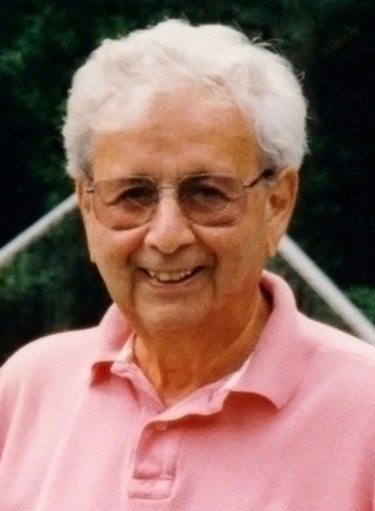
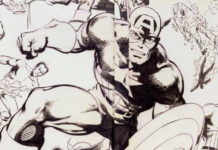
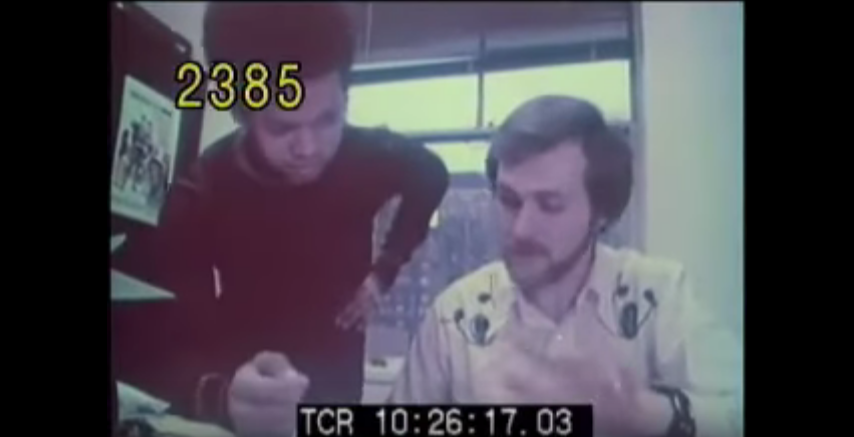
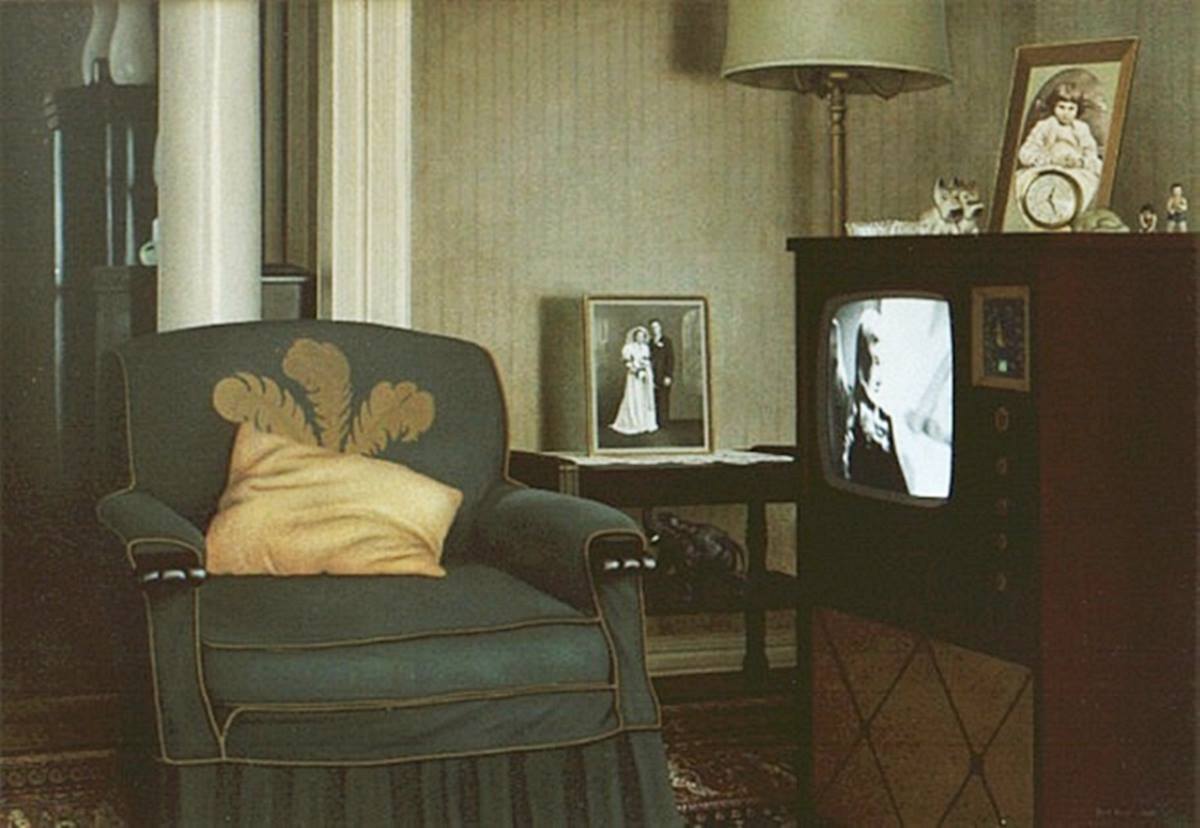
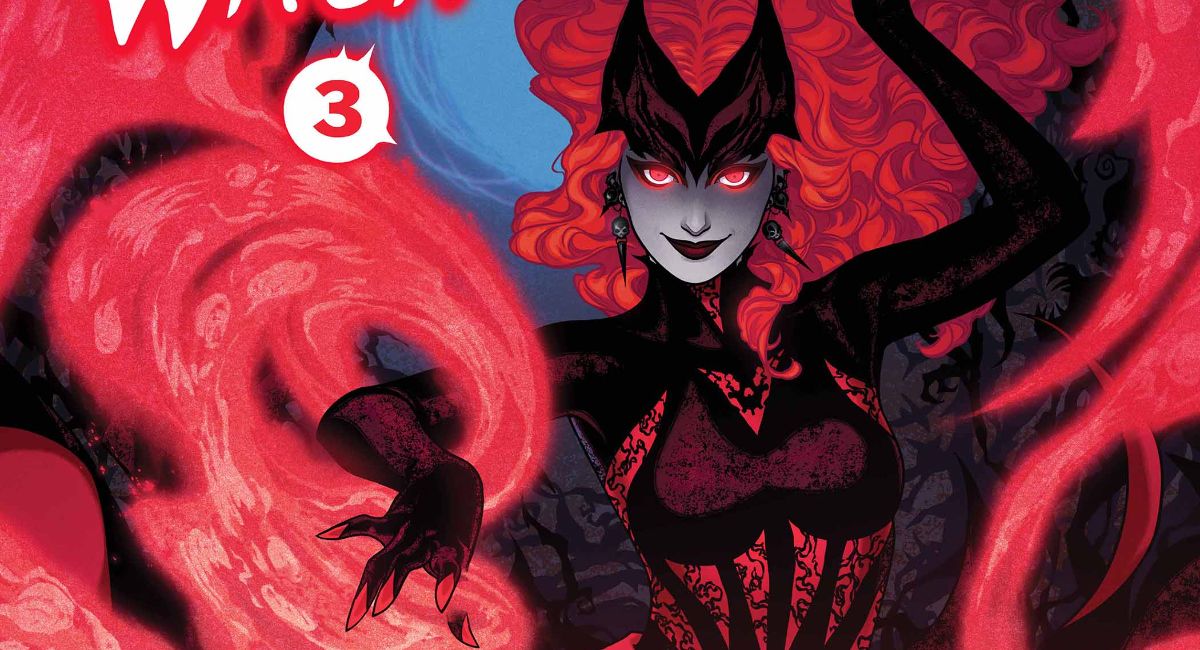


I wish there was more evidence for his claims. I don’t know that he initiated or made the decisions about all the things the obit is claiming. He certainly didn’t stand in the way of such changes, but whether any of them began with him is not something I’ve ever read much about in any medium.
James Galton made the final decisions, but he wasn’t the visionary. That was Jim Shooter.
Galton was a numbers-cruncher who was brought on board to clean up the company books in late ’75, and was empowered to shut down the publishing operations if and when he felt things were past the point of no return. The comics operation wasn’t out of danger until late 1979. By all accounts, he took no interest in comics beyond the numbers on the balance sheets. He was reportedly so disengaged that when John Byrne–then the top artist at the company–called him about grievances with editorial, he had no idea who Byrne was.
Galton’s virtue was that he was receptive to publishing initiatives that were off the beaten path, such as going along with Roy Thomas with the acquisition of the Star Wars license, or with Shooter with just about everything and especially with the cultivation of the comics-store market. It’s rather ironic that he ended up kicking both of them to the curb.
Chuck Rozanski, arguably the preeminent comics retailer in the country during the time in question, discusses his experiences with advocating that Marvel shift its business focus to the comic-store market at the link. He’s clearly of the view Shooter deserves the credit the obits are giving Galton.
http://www.milehighcomics.com/tales/cbg106.html
That said, I’m sure the MSM obits for Martin Goodman gave him all the credit for Marvel’s expansion in the 1960s. The claims in Publisher’s Weekly, Hollywood Reporter, and so forth for Galton aren’t that surprising.
re; trumps white house.
well white people fought for and built america so as it should be.
blacks in goverment just destroy , \look at zimbabwe one of the richest countries in africa when ruled by whites and just thirtyyears under the blacks an absolute shithole.
As I recall Roy Thomas has repeatedly credited Galton for coming up with the idea of an “international X-Men.”
It might have been Al Landau, Galton’s predecessor, who came up with the idea. It couldn’t have been Galton. Giant-Size X-Men #1, the first appearance of the international cast, shipped from the printer in February 1975. Galton didn’t join Marvel until later that year.
It wasn’t Jim Shooter who saved Marvel in the late ’70s. It was the huge sales of the Star Wars comic book, which began when Archie Goodwin was editor-in-chief. And Goodwin (and Lee) were persuaded by Roy Thomas to publish it.
A pair of quotes from Chuck Rozanski:
“[When I met with James Galton in May of 1979 (two years after Star Wars came out), h]e was, in fact, quite gracious in the level of candor of his answers. He didn’t try to sugarcoat Marvel’s deteriorating sales situation, nor did he avoid the issue of his being pressured by Cadence Industries (Marvel’s parent company) management to quickly reverse the financial situation at the company. In essence, he told me he had been sent to Marvel to either clean it up, or shut it down.”
http://www.milehighcomics.com/tales/cbg105.html
“While the Direct Market sales department was nominally under [Marvel sales manager] Ed Shukin’s dominion, throughout this incredibly important period of time Jim Shooter was the primary catalyst for change. As I’ve mentioned in earlier installments of this series, Shooter was the biggest cheerleader for comics specialty retailers who has ever been in a position of significant power at any of the comics publishers. Without his foresight, and ability to sway Jim Galton, darn little of what eventually became nearly a billion-dollar business would ever have been allowed to exist.”
http://www.milehighcomics.com/tales/cbg114.html
Comments are closed.